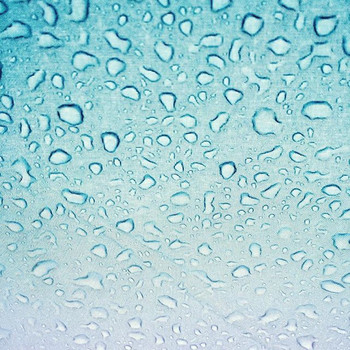What are the components of a cell membrane?
1 Answer
The cell membrane itself is made of a phospholipid bilayer, whereas other molecules that are attached to the membrane can include, proteins, glycolipids and cholesterol.
Explanation:
Note: my explanation may be limited to what I am required to learn for my course.
The phospholipid bilayer are made of phospholipids. These are molecules that have two fatty acid tails and a phosphate group, the bilayer forms in aqueous environments due to the amphipathic properties of the phospholipid. The fatty acid end is hydrophobic (repels water) and the phosphate end is hydrophilic (attracted to water).
Embedded between phospholipids on each side of the bilayer are cholesterol molecules, though they only appear in animal cells. They are mostly hydrophobic and therefore are attracted to the middle on the bilayer, but the hydroxyl end is hydrophilic and therefore is attracted to the periphery of the membrane. These are a type of lipids called steroids and appear periodically throughout the membrane and promote stability. They keep the fluidity of the membrane, but also keeps the membrane rigid enough that it does not break apart.
Proteins that appear in cellular membranes include peripheral or integral proteins. Integral proteins have at least part of it being hydrophobic and therefore is embedded fully, partially or all the way through the membrane. The peripheral proteins are hydrophilic on the surface and therefore is not embedded inside the membrane. They often attach to the surface of the integral proteins that sticks out of the membrane.
The glycolipids are attached to the membrane surface and can help with adhesion with other cells or molecules.
Reference
Allott, Andrew, and David Mindorff. Biology: Oxford IB Diploma Programme. Oxford: Oxford UP, 2014. Print.

